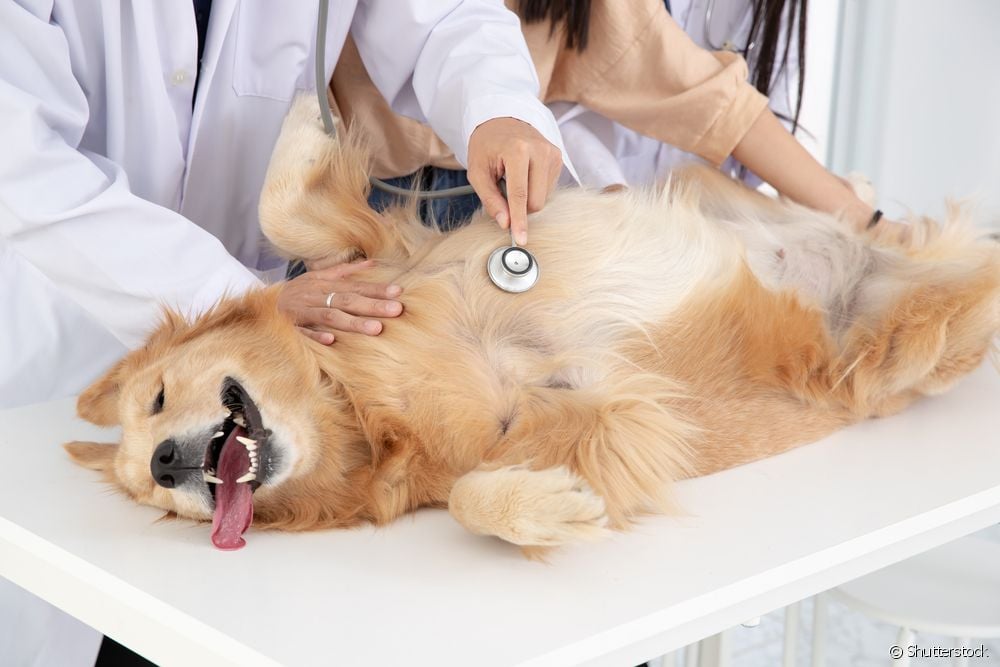Does female dog neutering surgery pose any risks?

Table of contents
Female dog castration surgery requires anesthesia and, therefore, it is common for there to be concern about the risks that the procedure brings to the animal. Many myths about dog castration are propagated out there, but the truth is that canine sterilization brings much more benefits to the pet's health than risks. This reality can leave some guardians with many doubts about the risks.But is there really any risk in dog castration? Even if the procedure is done by a trained veterinarian, it is normal for pet parents to be concerned. Understanding how the surgery is done can make all the difference so that fear is put aside. We've gathered some important information about the surgery, check it out!
Castration of a female dog: procedure is done safely by a professional
Many people still don't know how dog castration is done, even though the surgery is quite popular. The procedure can only be done by a veterinarian and the biggest fact about it is that the animal will not feel any pain. The surgery is done with general anesthesia, in injectable or inhalation forms, for sterilization.
See_also: Is an online vet a good idea? How does it work? See how professionals and guardians have adapted in the pandemicIn general, the surgery consists of removing the uterus and ovaries of the puppy from an incision at the navel. Castration stitches require some postoperative care. Among them are the use of the Elizabethan collar or surgical clothing. These accessories are very important and serve to prevent the animal from touching the surgical dressing, thus preventing it from biting the stitches.In this way, infections and other complications at the site are avoided. The time to remove the stitches also does not need to worry on the part of the guardians. Only the veterinarian can remove them in a simple procedure that will not require anesthesia again.

Castration of females: can the dog suffer complications from surgery?
As it is a surgery, the castration of a female dog may have a certain risk related to the anesthesia of the dog. However, the procedure is known to be very quick and simple. To ensure the safety of the pet, it is important that the guardian makes sure that the place of surgery is reliable. In addition, it is worth noting that before the procedure a health check-up should be done at the hospital.If any health problems are detected, they should be treated before surgery.
After castration, there are no health risks, as long as postoperative care is taken. Except when surgery is done on very young bitches, which can cause urinary incontinence. Therefore, the check-up with a professional beforehand is very important. The ideal age for female dog castration surgery is before the pet reaches sexual maturity, between five and sixmonths of life.
Castration surgery: female dogs only benefit from the procedure
Castration in dogs is surrounded by many myths. Among the rumors, the most talked about are that the surgery makes the animal fat and that the animal suffers because of the procedure. None of this is true. Do you know what the real benefits of castration are? Check out the list below:
- decreases the risk of breast cancer;
- causes the female not to come into heat anymore;
- does not leave the pet vulnerable to serious uterine infections such as pyometra;
- leaves the bitch free from the risk of unwanted pregnancy;
- prevents psychological pregnancy.
See_also: Dog heartbeat: what rate is considered normal and how to measure it?

